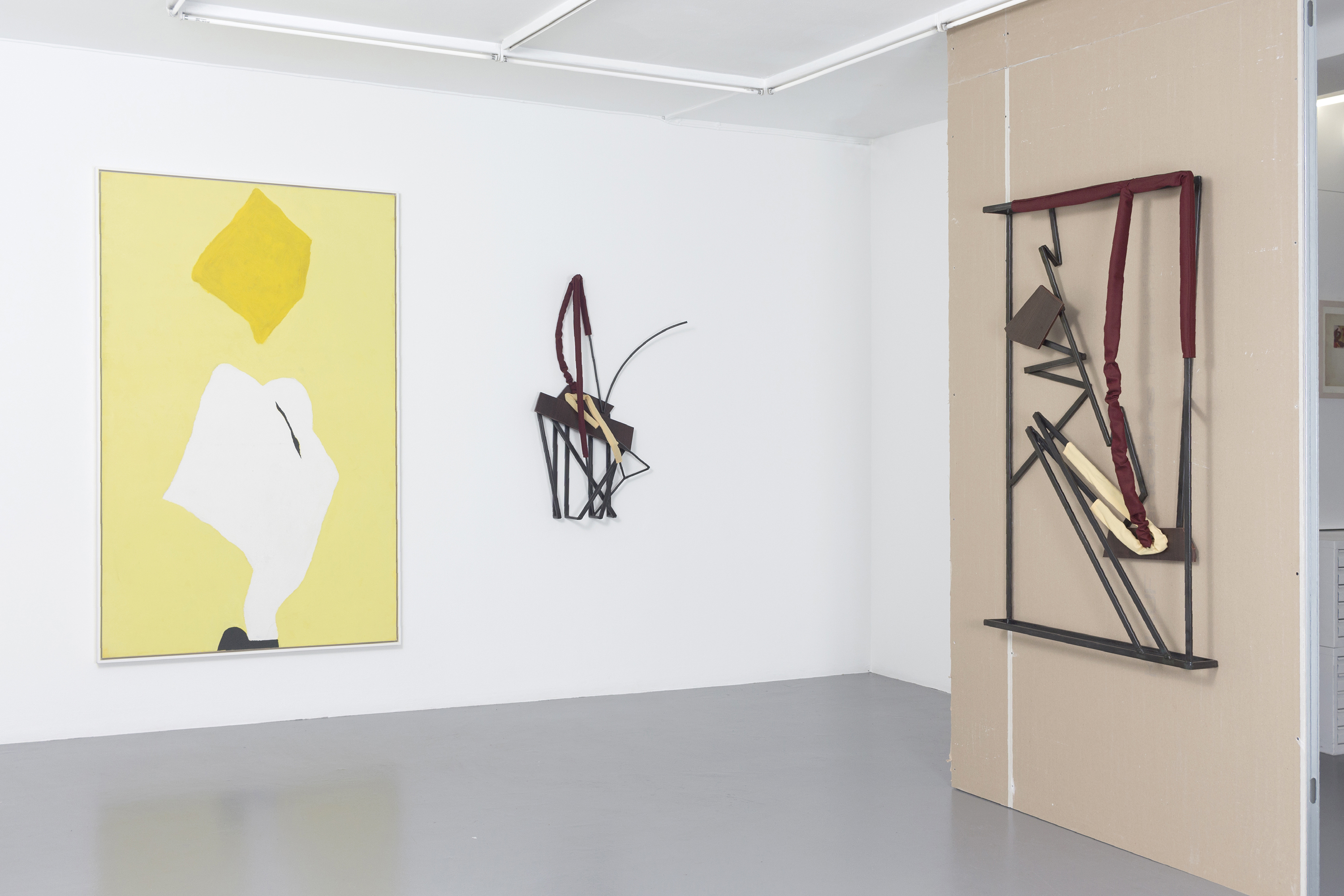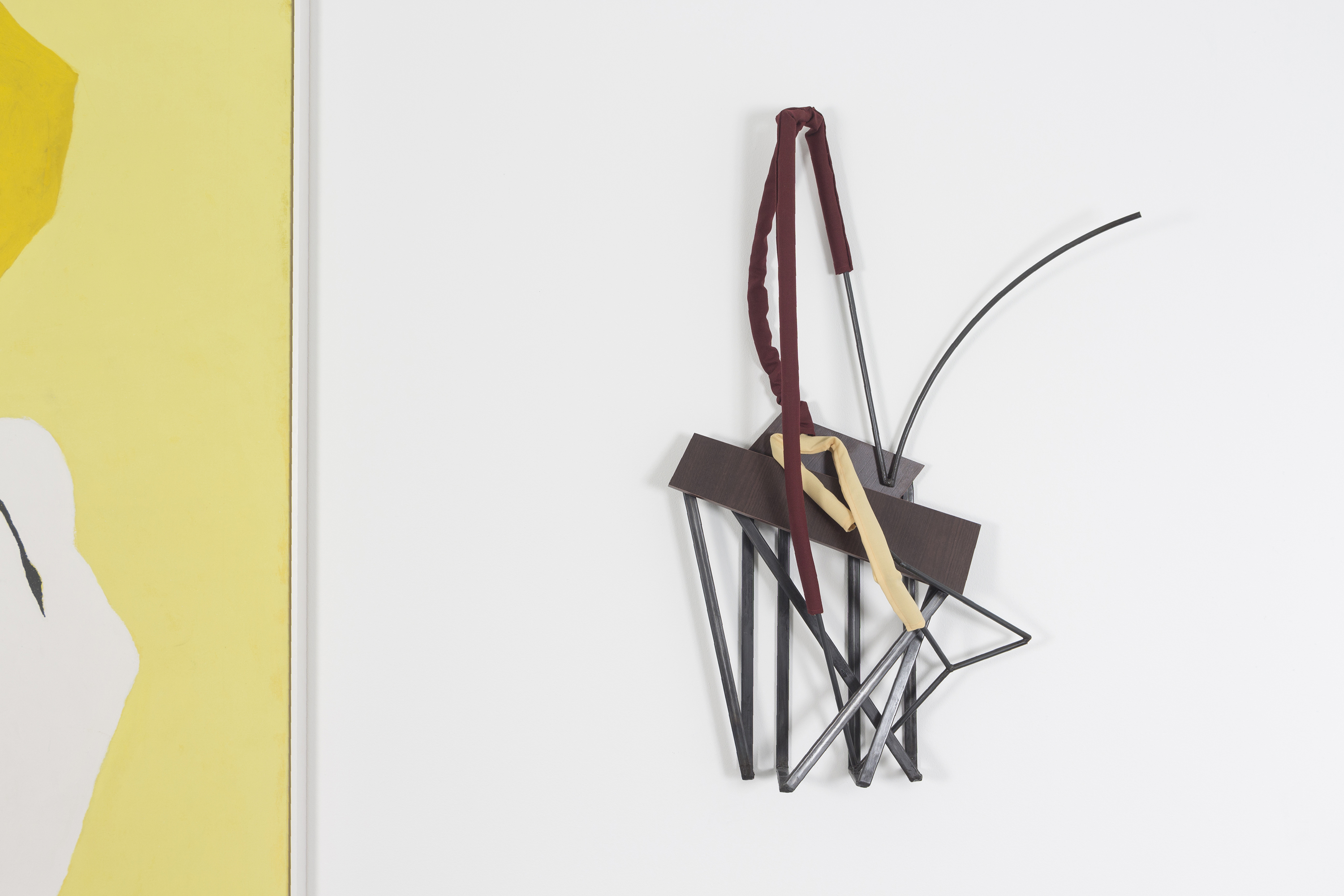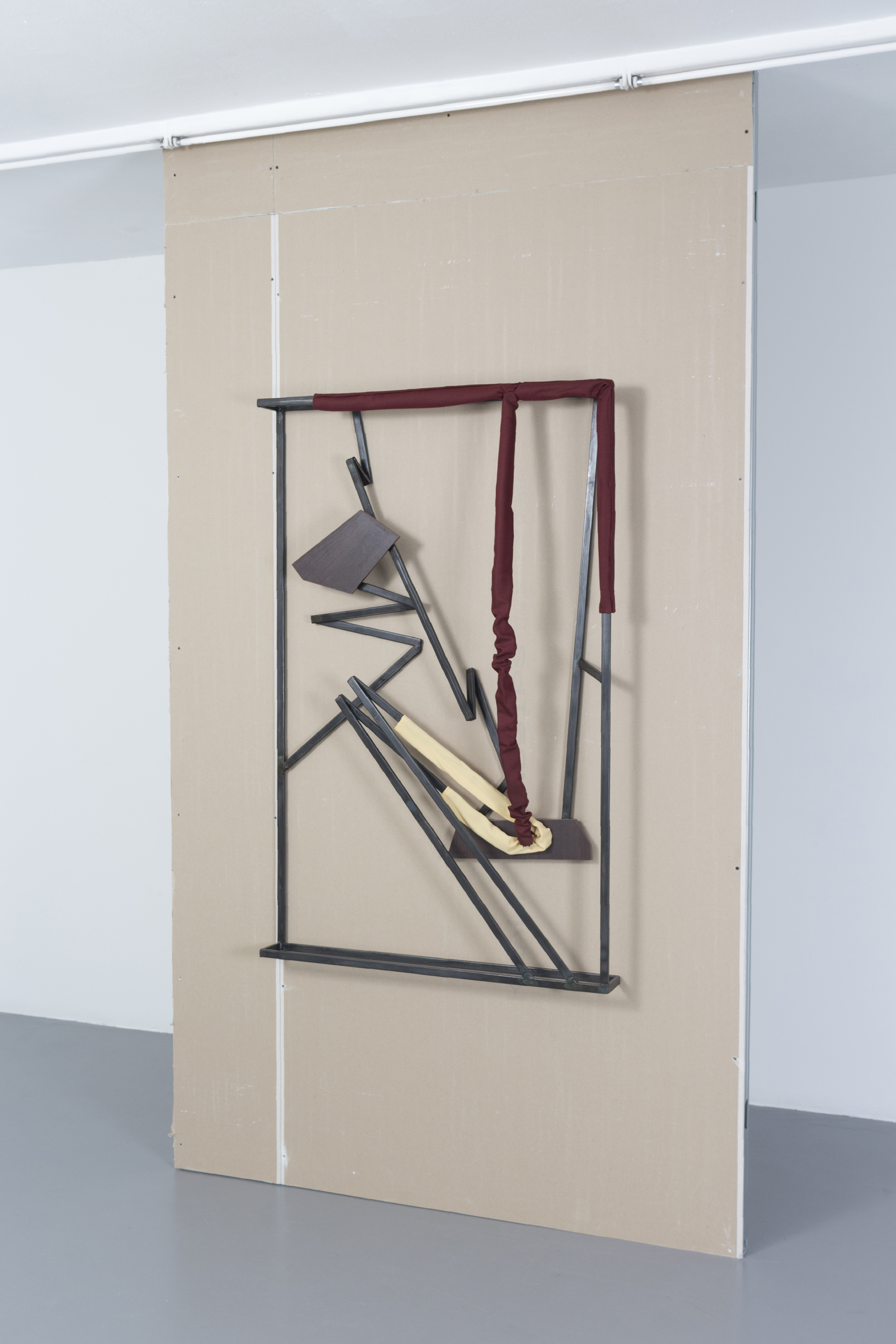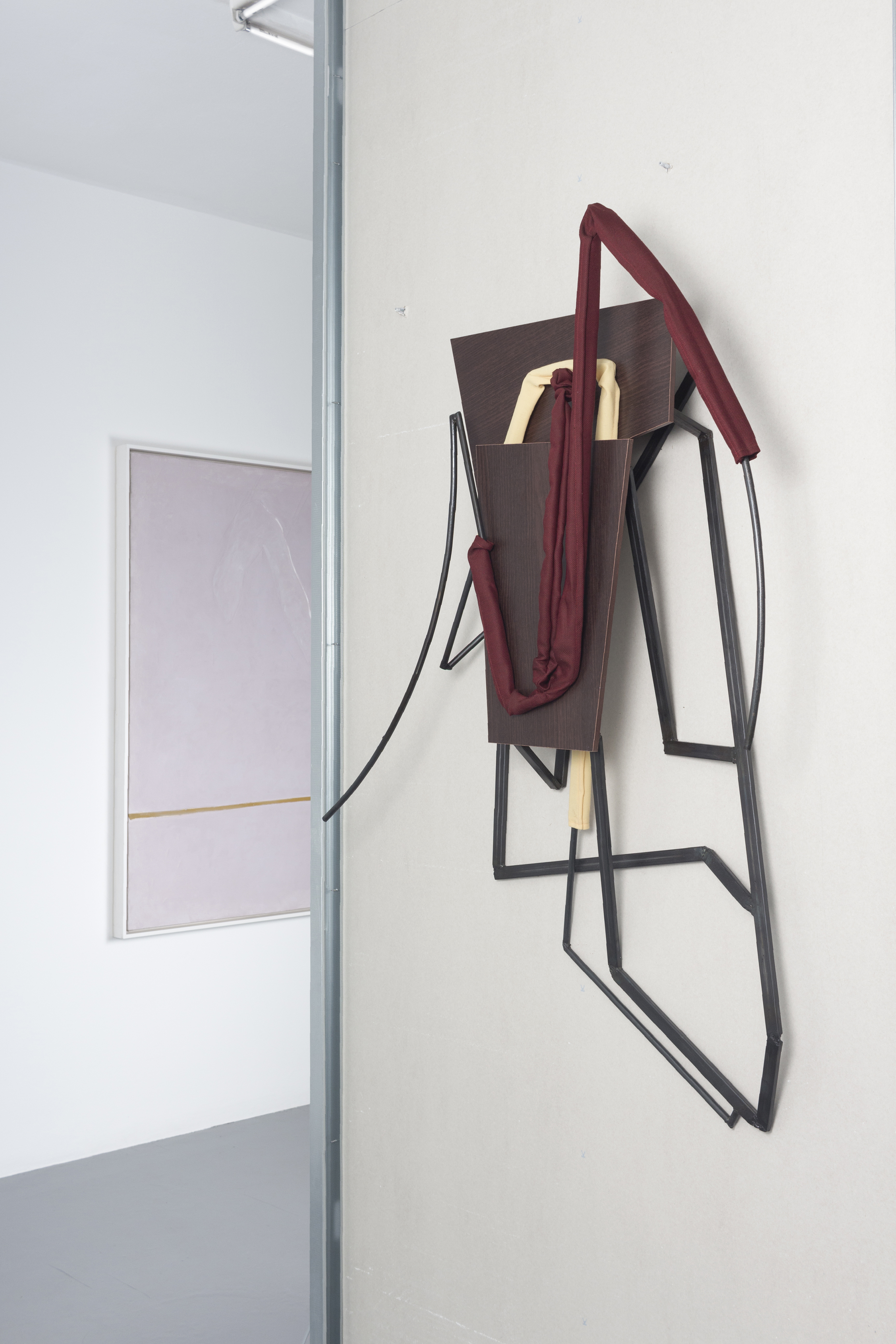biography
Catalogue: INDRIKIS GELZIS
Upcoming:
- Tatjana Pieters
Group show
Spring, 2024
Belgium
- NADA NY
Solo show
May 2- 5 ,2024
New York, USA
- Superstudio3 @AAW24 by Stellar
Group show
May, 2024
Antwerpen, Belgium
- Polina Berlin gallery
Solo show
September, 2024
New York, USA
- Flats
Group show
September, 2024
Brussels, Belgium
- Suprainfinit gallery
Solo Show
April, 2025
Romania
Past solo shows:
- Watery Day's Eye
Kim? Contemporary Art Centre. Riga, Latvia
Riga, Latvia
August 24 - October 9, 2023
- Art Brussels
Solo presentation / Discovery section
Represented by ASHES/ASHES NY
Brussels, Belgium
April 20 - 23, 2023
- Yawn holding Fields
Tatjana Pieters gallery
Ghent, Belgium
March 12 - 17.04.2022
- Liste
Solo presentation
Suprainfinit gallery
Basel, Switzerland
September 21 - 27, 2021
- Daily Charts
Suprainfinit gallery
Bucharest, Romania
March 24, - May 1, 2021
- Still life of a still life
Tatjana Pieters gallery
Ghent, Belgium
October 28, 2020 - January 17, 2021
- Figure of Everything
Castor
London, UK
September, 17 - October 31, 2020
- Self-isolation during COVID-19
Brooklyn, New York
April 27- May 1, 2020
- Pause for the cause
Cinnnamon gallery
Rotterdam, The Netherlands
March 23 - May 4, 2019
- TABLEAU at ASHES/ASHES
New York, USA
- Nightball effect at King's Leap
Brooklyn, New York
- Skeleton of the wind at Suprainfinit together with Viktor Timofeev in Bucharest, Romania
- The Man in the Moon together with Adja Yunkers at Belenius gallery in Stockholm, Sweden
- Aeolian breath in Riga, Latvia
- Between the sheets at Cinnnnamon gallery in Rotterdam, The Netherlands
- Sky's The Limit at Hole of the Fox in Antwerpen, Belgium
- Tastes like headaches together with Adam Cruces and Louisa Gagliardi at kim? Contemporary art centre. Riga, Latvia
Past group shows:
- VAGABOND \ A PLACE HARD TO PLACE
Jenny's NYC. Hosted by Kim? Contemporary Art Centre
Riga, Latvia
2022
- Force[d] Majeure
Kim? Contemporary Art Centre
Riga, Latvia
September 2 - December 31, 2021
- Black Market
Kim? Contemporary Art Centre
Riga, Latvia
December 1, 2020 - January 31, 2021
+
NADA Miami
Dec. 1 - Dec. 5., 2020
- The 4 Gate Connection
Tatjana Pieters Gallery
26.01 - 01.03.20.2020
Ghent, Belgum
- Close Up at Cesis Contemporary Art Centre
- A closed mouth gathers no feet
Dash gallery
Kortrijk, Belgium
March 2 - April 7, 2019
- Doors of Paradise at Union Pacific London
- The Last Rave together with Benny Van den Meulengracht-Vrancx and Tom Volkaert at Diesel Project space in Seraing, Belgium
- Heavy metal at Jerome Pauchant gallery in Paris, France
- Superposition at Joshua Liner gallery in New York
- Monsone at Suprainfinit gallery in Bucharest, Romania
- Wholesome environment at Lundgren gallery in Palma, Spain
- Form Cannibalism at The Stable in Waregem, Belgium
... something from 2012 - 2015
Belenius gallery
22. Feb. - 1. April. 2018
Stockholm, Sweden
Art Viewer
Tzvetnik

d

Thursday
Metal squere tubes, fabric, furniture plate
Dimension: 115cm x 80cm x 25cm
2018

Friday
140cm x 90cm x 15cm
Metal squere tubes, fabric, furniture plate
2018

Tuesday
140cm x 90cm x 20cm
Metal squere tubes, red fabric, furniture plate
2018

Monday
Metal squere tubes, fabric, furniture plate
Dimension: 180cm x 100cm x 30cm
2018

iilovesabineskarule

Wednesday
125cm x 100cm x 25cm
Metal squere tubes, red fabric, furniture plate
2018
Lucidity is Rage
Text John C. Welchman
While starting out as an apprentice to Emile Nolde in the milieu of German Expressionism and finding himself some decades later at the epicenter of American Abstract Expressionism in New York in the 1950s, the fundamental commitment in the work of Adja Yunker was always additive or supplemental rather than gestural. He took up with layers, superimpositions, and folds, the manifest content of a technique predicated on accretion that while derived from perhaps, or simply most visible in, print-making and collage, was also characteristic of his work in oil, gouache and pastel—especially after he came under the influence of the cutouts of Henri Matisse and color field painting, in the 1960s. The “large lift ground plates” he etched for several days in acid in the mid-1970s at Styria Studio in New York are emblematic of this focus, their scale and manipulability also suggesting—as does the present exhibition—how the logic of accumulation and juxtaposition might be framed in three rather than two dimensions.
Yunkers work, I want to suggest, anticipates what Leo Steinberg proposed in 1968—borrowing his leading term from printing technology—as a new mode of artistic address organized around “the flatbed picture plane” conceived as an accumulating “receptor surface on which objects are scattered, on which data is entered, on which information may be received, printed, impressed.” A review of an exhibition of works in pastel and tempera by Yunkers at the Fried gallery in 1957 makes these associations clear by pointing to the artist’s multiple articulations of the surface, his “layered horizontals” and his quest for a “surface existence, through color, for his almost mechanical or automatic (or readymade) forms.” Made a dozen or so years later—shortly after Steinberg framed his thoughts—the collage-based works in the current exhibition negotiate with the cutout logic of the flatbed proposition, even if they are not fully realized within this language. Heavy, roughly torn papers with ragged edges are posed on and over fields of acrylic paint which sometimes finds its way back onto the collaged materials in the form of smudges and traces. Redolent of the figure-ground dialectic at the end of its hegemony, the “stacking” and reformatting of reference in these works extends in several dimensions. In White on white with blue stripe #X (1969) and Figure at the seaside (1969), similar compositions are diverted into different signifying economies, one formal the other iconographic. The Letter “A” (1969) refers directly to an alphabetic sign—actually splitting the letter into triangle and tripod forms underscoring its makeup as a composite of two more elementary shapes. While another collage from 1971 is a “sketch” for a print dedicated to Mark Rothko, who reflected more explicitly than any of the Abstract Expressionists on the question of how to articulate in layers. “It occurs to me in our discussion of space,” he suggested in the mid-1950s, “that it would be profitable to use pseudonyms which are more concrete in subjective attributes as for example depth, for the experience of depth is an experience of penetration into layers of things more and more distant.”
It is on the site of this challenging informational orientation, provisional but emergent in the work of Yunkers, that the relation to the sculptural practice of the young Latvian artist Indrikis Gelzis—currently living in New York City like his illustrious forebear—is most apparent. For Gelzis engages with the formatting, appearance, but also the social implications, of the graphic organization of statistical data, so prevalent in today’s media and streetscapes. His new, wall-based sculptures develop a language using square metal tubing, swatches of fabric and wooden plates in which the comportment of information is aggregated with suggestions of modular domestic living and standardized workplace furnishings. Here, the reorientation from vertical to horizontal articulated by Steinberg has in turn been overlaid by a striking conjugation of the locales in which contemporary life is experienced: at home, at work, entered into, but also passed by.
The “infogrammatical” organization of Gelzis’s sculptures adds another dimension to the innovative, spreading flatness posited by Steinberg. For not only do these works refuse to conform to either vertical or horizontal legibility, but they also incorporate and new stratum of data-based knowledge generally plotted out on the axes of a graph. In other words, they service the space between the defining parameters of up and down. Yet as with Rauschenberg’s Bed (1955), the work that for Steinberg delivered on his flatbed theory most insistently, Gelzis also attempts to embody as well as embed. His seemingly neutral materials include the kind of fabrics used for covers and upholstery, pointing us to the off-stage implications of a remaindered action. In previous work these allusive scenes have included sexual (in the exhibition “Between the Sheets”) and workplace encounters, and references to conversation and exchange.
Like Steinberg, too, Gelzis is interested in the split between the artificial and the organic symbolized for the American by how “the tilt of the picture plane from vertical to horizontal [is] expressive of the most radical shift in the subject matter of art, the shift from nature to culture.” But he presses this question further, suggesting a split between the experiential body and a data-processing head that is mirrored in the technique he employs. Building a virtual image using 3D modelling software, he waits for a certain moment of realization before reverting to effortful physical work “welding, bending, grinding, burning [. . .], oiling, sewing.” This interleaving of mental and physical, conceptual and practical circumstances, was also important for Yunkers, who somehow smuggled the implications of print-based work and material manipulation through the dénouement of gesturalism in 1950s New York. As he noted himself in what Dore Ashton called a “rather technical description” of the monotype published in Tiger’s Eye, “free execution” was a “’distrustful no-man’s land of shadow.’”
Gelzis’s sculptures at the Belenius Gallery offer an innovative address to a theme as old as modern art itself: the experience of leisure. Looking beyond the confines of work or the probable privacy of a sexual encounter, he color-codes off-duty experience (things that transpire, as the Los Angeles artist Mike Kelley’s famously put it, after “Day is Done”) by employing fabric in two basic hues both redolent of crepuscular or early morning light, the atmospheric brackets, to which Claude Monet also attended, that cordon-off the temporality of normative, wage-earning labor.
Octavio Paz helps us to glimpse a final point of reconciliation—in constituencies of memory—between Yunker’s shadow-shy layers and the corporeally-inflected framework analysis of down-time reached for by Gelzis:
Memory weaves, unweaves the echoes:
in the four corners of the box
shadowless ladies play at hide-and-seek.